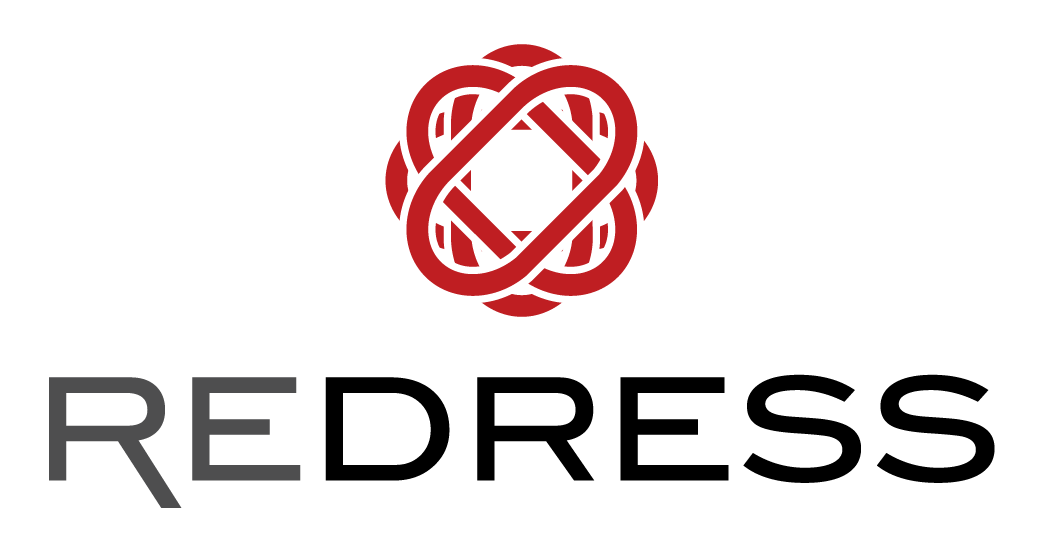WHY CIRCULAR FASHION
WE BELIEVE IN THE POSITIVE POWER OF FASHION.
The problem with fashion today is that it is a linear system, in which we:
Take finite resources from nature
Make clothing
Use clothing for a short period of time
Dispose of it as waste
Making fashion circular is the best way to let fashion thrive without costing the earth. Circular fashion refers to a system where we:
Design clothing for longevity and with end-of-life solutions in mind
Use materials that regenerate nature instead of depleting natural resources
Make clothing in ways that eliminate waste and pollution at every stage of design and production
Buy clothes responsibly, use them longer, and repurpose or recycle them at the end of their use
Change is needed because today’s fashion industry is one of the most wasteful and polluting industries in the world:
Around 100 billion apparel items are produced annually, the majority of which are landfilled or burned within one year of production. Less than 1% of material used to produce clothing is recycled into new clothing1
Every second, the equivalent of one rubbish truck of textiles is landfilled or burned2
Fashion contributes an estimated 4% of global greenhouse gas emissions3
Up to 20% of industrial water pollution comes from textile dyeing and treatment4
We all have a responsibility in driving a circular fashion – from industry players like designers, product developers, manufacturers and recyclers, to individual fashion consumers everywhere.
Let’s redress — i.e.“remedy or set right” — fashion. Together.
REDRESS ALUMNI ARE ALREADY DOING IT
Want to be inspired by bold fashion designers who are part of the shift towards the circular fashion industry? From sourcing sustainably, pattern-cutting for low waste, upcycling and reconstructing to cross industry partnerships, discover the emerging fashion designers who are putting theory into practice.
UBS $2.5trn industry at risk - What if consumers stop buying disposable clothes. April 2021
Ellen Macarthur Foundation (2017), A New Textiles Economy: Redesigning Fashion's Future
UNFCCC (2018), UN Helps Fashion Industry Shift to Low Carbon
Kant, R., Textile dyeing industry: An environmental hazard, Natural Science, Vol. 4, 1 (2012), p.23








